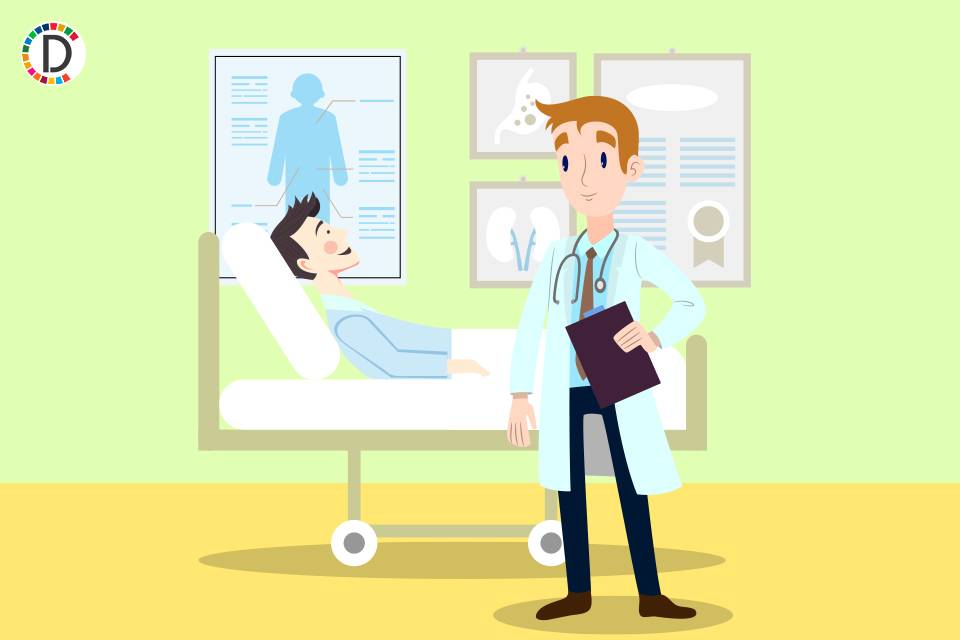WHO Emphasizes Urgent Need to Minimize Diagnostic Errors on World Patient Safety Day
On World Patient Safety Day, WHO called on stakeholders to reduce diagnostic errors and improve patient safety. Errors in diagnosis can prolong illness and cause disability or death. Established in 2019, the day aims to raise awareness about patient safety's importance. This year's focus is on enhancing accurate and timely diagnosis.

- Country:
- India
On the eve of World Patient Safety Day, the World Health Organization (WHO) urged all stakeholders to commit to reducing diagnostic errors and improving patient safety. The WHO emphasized that delayed, incorrect, or missed diagnoses can prolong illness and, in some cases, result in disability or even death. Established in 2019, World Patient Safety Day, observed annually on September 17, aims to raise awareness about the critical importance of patient safety in healthcare systems worldwide.
This year's theme focuses on enhancing diagnosis for patient safety, under the slogan 'Get it right, make it safe!' 'Patient safety refers to preventing and reducing risks, errors, and harm that patients may experience during healthcare provision,' said Saima Wazed, WHO Regional Director for South-East Asia. The diagnostic process, often complex and lengthy, requires collaboration between patients and healthcare teams. Errors can occur at any stage, often with severe consequences.
Findings from the Global Member State survey to assess the implementation of the Global Patient Safety Action Plan 2021-2030 indicated that only 47 percent of countries are addressing diagnostic safety. 'However, I am pleased to say that our Member States have been notably more proactive in addressing diagnostic safety compared to other regions,' Wazed stated. She stressed the importance of positive workplace environments, access to high-quality diagnostic tools, continuous skill enhancement for healthcare professionals, and patient empowerment.
(With inputs from agencies.)
ALSO READ
Junior Doctors' Ceasework Shakes West Bengal's Healthcare System
AIIMS-Delhi: A Beacon of Excellence in Indian Healthcare
Healthcare Workers Demand Justice in Candlelight March
Second Presidential Health Compact Signed to Strengthen SA's Healthcare System
National Exit Test for Ayush: A New Milestone in Healthcare Education










